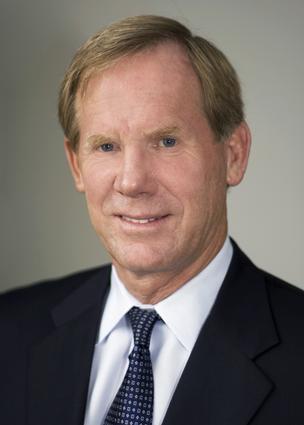FRANKTON, Indiana — A central Indiana city is moving closer to approving a solar energy project that could provide power to about 1,000 homes.
C. Ind. city moves closer to approving solar energy project that could power 1,000 homes
THE ASSOCIATED PRESS
November 07, 2013 - 8:29 am EST
The Indiana Municipal Power Agency is expected to receive the Frankton Town Council's approval next Tuesday for a zoning change it needs for the proposed solar park.
Frankton's clerk/treasurer Jack Brown tells The Herald Bulletin (http://bit.ly/1cWhxyh ) he anticipates no opposition to the change from council members.
The Herald Bulletin reports (http://bit.ly/1cWhxyh ) the Carmel-based wholesale power provider wants to install 4,000 solar panels capable of generating one megawatt of power.
The solar park will cover eight acres in the city about 35 miles northeast of Indianapolis and be surrounded by a fence. It's the first of three such solar energy projects the energy provider is developing in Indiana.
November 6, 2013
Frankton absorbs new energy
New solar park coming to town
By Zach Osowski The Herald Bulletin
FRANKTON, Ind. — A power company will receive the green light for construction on a solar park in Frankton after a vote by the Town Council next Tuesday.
The Indiana Municipal Power Agency (IMPA) approached town officials about building a solar park a few months ago. Jack Brown, Frankton's clerk/treasurer, said there has been very little opposition to the measure from residents.
Brown said part of the reason there have been no complaints is that solar parks generally have a very low impact on residential areas. The access road for the plant will be off of Lafayette Road.
IMPA and the city hosted an open house on Monday to answer residents' questions about the new power plant, including how much of an impact people will notice.
Mike Malguarnera, a generation engineer with IMPA, handed out a flier at the meeting that helped put some issues to rest. He said the panels will not be taller than six feet and noise will be at a minimum compared to other energy plants. Brown said many people were concerned how big the solar panels would be.
Bob Kiehlmeier was one of the residents at the meeting. He lives near Lafayette Road and said he had some questions about the park and its environmental impact. He said he had all his questions answered and is in favor of the park.
"I think it's a great idea," Kiehlmeier said. "It adds power to the grid and it doesn't hurt the footprint of the town. They could have put worse things there."
The park will cover eight acres and will be surrounded by a fence. No concrete will be put down because the solar panel supports will be placed directly in the ground.
The new solar plant will be the first of three IMPA is building in Indiana. The company operates in 59 towns in Indiana and one in Ohio. Malguarnera said they have plans to build more plants but will evaluate them after the first three are built.
The Frankton park will have 4,000 solar grids which will generate one megawatt of power at peak efficiency. Malguarnera said that, depending on how sunny a day is, a single megawatt can supply power to 1,000 homes.
Brown said the Frankton town council has been all for the solar park since members first heard the idea. He said Tuesday's meeting will be comprised of a zoning change of the property the company plans on using. The zoning change makes the property light industrial.
Brown didn't think there would be any opposition to the change from the council members.
"At this point it's just dotting the I's and crossing the T's," Brown said.
If the council approves the zoning change, Malguarnera said construction will begin in December. He said construction will take five to six weeks and should be completed by January.
He said if everything went according to plan, the plant will be operational and running by the end of January.
Malguarnera said the park will be owned by IMPA and not Frankton. The company will pay the town for the use of the property.
The energy collected at the plant will be funneled into IMPA's main source and will not be used specifically for the town.
"This is just a diversification of our generating output," Malguarnera said.
Follow Zach Osowski on Twitter @Osowski_THB or call 640-4847.






